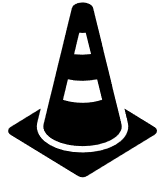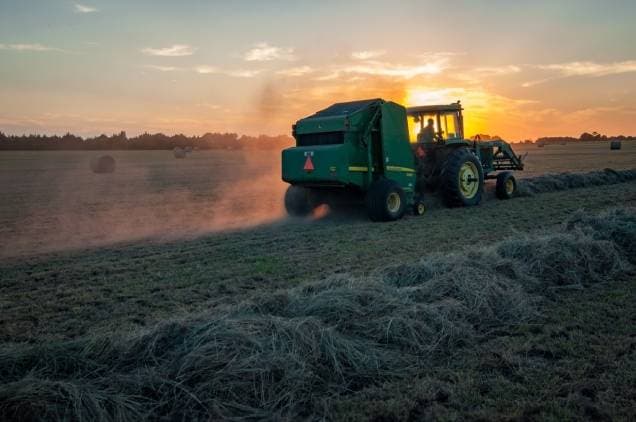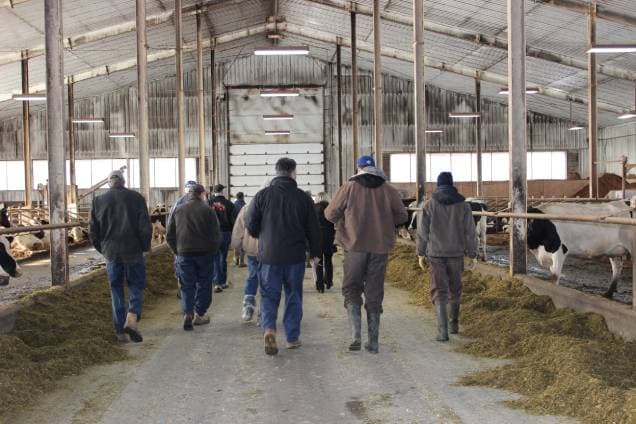 Forklifts, like tractors, can be the workhorses of the farm. Forklifts are a potential safety hazard as they move around workers, stacked materials, as well as on public roads while they move material from location to location. A forklift incident can cause an injury to the operators as well as other workers or the public, below are a few hints and tips for forklift operation.
Forklifts, like tractors, can be the workhorses of the farm. Forklifts are a potential safety hazard as they move around workers, stacked materials, as well as on public roads while they move material from location to location. A forklift incident can cause an injury to the operators as well as other workers or the public, below are a few hints and tips for forklift operation.
This is not a complete list of safe operational practice as there are many different types of forklifts used on farm across the province.
- Read the owners manual to learn the safe best practices for the use of your particular forklift to prevent incident and injury on the farm.
- Know the Occupational Health and Safety requirements for Lift Trucks in Nova Scotia in Part 7, Sections 81 & 82.
- Develop a safe work practice for forklifts for the uses on your farm. Visit the Farm Safety Nova Scotia website to download and adapt a template.
- Do not operate a forklift unless you are trained and certified as a forklift operator. Farm Safety Nova Scotia offers forklift training at discounted rates through Safety Services Nova Scotia. Call 902-893-2293 or e-mail info@farmsafetyns.ca to book your training session today.
- Evaluate the mechanical and structural condition of your forklift, before use and document it. Click here for a sample pre-use checklist you can download and adapt for your particular forklift. Use the Forklift Operators Manual to help to adapt your checklist.
- Ensure load is secure before operating the forklift. Are the pallets in good condition do you know the rated load capacity for your forklift? Is the load capacity posted on the forklift in a visible area? A tipped load or a load too heavy for the forklift can injure other workers and the operator as well as can damage the forklift.
- Ensure load is evenly distributed and cannot become unstable. Keep the forklift’s mast in a vertical position with a slight tilt backward and lift the load only to a height that will prevent the forks from dragging. If operating on uneven ground, lift the load slightly higher.
- Post clearance heights for the operator to act as a reminder of areas which may be of particularly low clearance.
- Consider walking the route to check for obstacles, obstructions, traffic, and overhead clearances that will pose a problem.
- Communication is key when operating a forklift around workers and with other traffic. Ensure workers and other operators know agreed upon signals and post signs in areas the forklift is operated.
- Report near misses or incidents immediately to implement corrective action to prevent future incidents.



